Uncategorized
Before You Buy a Shed: The 10 things you need to know
Before you buy a shed: What you need to know.
If you’re someone who’s browsing the garden sheds market, there are some things that you’ll want to keep in mind when you’re ordering. Some are pretty obvious, some less so. So read on below to see what you might have overlooked before splashing out on a fancy new shed. If you’re buying a shed from us specifically, we’d recommend that you check out our Frequently Asked Questions and our also Terms and Conditions too. These will let you know exactly what to expect from Sheds Direct Ireland.
Before you buy a shed: What is the shed for?
Before you buy a shed, before you even look at sizes, materials or any other aspects of a shed, ask yourself ‘What do I want this shed for?’ This may sound overly obvious, but knowing what you need and what you don’t need will help you get what you want and avoid overspending on things that you don’t.
For example, are you looking to store something that could be affected by damp? You should probably consider getting a Steel Shed with vents to reduce condensation. Therefore, you can write off all Rustic Sheds, or ventless steel sheds. What about storing a ride-on lawnmower? You’ll need something with wider doors, so you can exclude all single-door sheds from your search and concentrate on the larger sizes.
Write down what you need it for and let that direct you. It’s very easy to be distracted by flashy upgrades or other things that you might not need.
What size can you facilitate in your garden?
Be aware of the space that you have available before you buy a shed. Buying a shed without knowing how much room you have for it is like pouring milk into your tea before giving it a sniff. You’re only asking for trouble.
Establish where you want to put your shed and measure the area. Measure width, depth and height. Use this information to find out the best shed for you, but remember to leave about 1 ft for assembly (1/2ft on either side) in your measurements. All our Sheds have their dimensions on them, but remember, sheds can vary +/-10% in size, so take this into account when you’re laying your base. Find something that fits with a bit of room to spare.
Oh, and if you’re buying a flat-packed Steel shed to assemble yourself, it’s important that you have adequate space to assemble the shed in; so make sure you give yourself enough room to manoeuvre the materials around in.
Do you have easy access to the location?
Access to the site is important. This doesn’t really affect Wooden Sheds as they can be cut down and then rebuilt with no effects on the shed quality. Steel Sheds however can be delivered flat packed, they may still be too big to go through a house. For example, a 12ft x 10ft Steel Shed won’t go through a low ceiling hall with a bend. In this instance you’d need to open the box and bring the materials through the house one-by-one.
Before you buy a shed, establish if you have easy access. We prefer that you have side access. However, if you don’t have a side entrance, a ‘clear, straight, unencumbered run through the house’, should suffice. Get in touch with us and send us photos if you want advice on whether you have suitable access for your shed.
Cladded/Heavy-Duty Sheds however need side access. There are no two ways about that. They come in individual walls, so a 3m x 2m shed will have two walls that are 3m long and two that are 2m. You’re not getting these through any houses’ hallway. If you don’t have an obvious way to get a shed into your back garden, call us we might be able to suggest something. We’re at 01 864 4247.
Before you buy: Is the location appropriate?
You’ll want to find the best place to put your shiny new shed. The best place may not be the most obvious or elegant looking. For example, putting your shed under a tree might be aesthetically pleasing, but the branches can scrape or damage the materials of the shed. This in turn could remove the zinc coating from a steel shed and expose your shed to rust, which obviously wouldn’t be covered under warranty.
Our tips for finding the best place to put a shed in your garden are:
* Somewhere accessible – if you have a big garden, perhaps consider the middle of the garden instead of the end, to avoid regular cold treks for coal/fuel in the Winter months.
* Away from anything that may scratch the panels of the shed (swaying branches, etc.)
* Always, ALWAYS put your shed on level ground.
* Put it somewhere that’s not routinely wet (i.e. under drains, against a sprinkler, etc.). It rains enough in Ireland to really test any shed, so give it some breathing room and place your shed in a place that won’t be consistently wet.
* Keep it away from buried power lines. This is fairly obvious. However, you may need to contact your council to establish if there are any here.
* Coastal Areas: Please be aware that even galvanised steel sheds will not stand up to coastal conditions well. Any warranty offered on steel sheds is void in places of coastal air.
What Material of shed should I buy?
Next up is deciding what type of shed you want. There are Steel Sheds, Wooden Sheds, Plastic Sheds and a whole lot more on the Irish Market. There’s even the fancy PVC Cladded Steel Sheds.
Previously, we broke down the differences between the two most popular, Steel and Wood. You can read that here, if you have the time.In a nutshell, Steel Sheds require less upkeep, they’re more affordable and have sliding doors to maximise room. Wooden Sheds have infinitely more ways to be customised and they have a more natural look. Heavy Duty Sheds and Premium Sheds are at the high end of the market. They’re tougher, more water-resistant and on average larger than the other sheds available.
Just note: We don’t stock plastic sheds. They’re not up to the standard that we have, and they’re surprisingly expensive. That said, they are available from some online-only retailers, but we’d strongly suggest you do a bit of research and read customer reviews about them before you buy one.
Remember, the quality of your materials is as important too, so check out the details before punting. Our Classic Steel Sheds are made with a .6mm Galvanised Steel Frame. They’re covered with .3mm thick, coated sheets. This is something we’re upfront about – you can find it in all our Steel Shed pages. You won’t find a new Steel shed with this quality at our price range anywhere else.
Will I need a base?
Alright. This is where we need your attention.
All Steel Sheds needs a solid level base. Steel Sheds cannot be laid on grass alone. They’ll sink into it over time and it’ll bugger them up. Ideally, you’ll want to put them on a solid, level base (check our guide on how to do that for yourself here), but this isn’t for everyone. Our new Shed Base is a simple solution to this issue. If neither of these work for you, hardcore, thick slabs will suffice – providing they’re laid flat, evenly and that they exceed the overall size of the shed. For example, if you were getting a 10×12 shed, you’d want at least a 11×13 paved area for them.
Wooden Sheds can go on blocks, they’ll need to be 3 or 4 inch solid blocks. See how many blocvks you’ll need for your steel shed on our ‘how many blocks‘ page.
Before you buy a shed, make sure you have the appropriate base ready. This is especially important if you’re having the shed fitted for you. We strongly recommend that you have a damp-proof membrane in place before you lay your base. There is very little benefit from putting the membrane under the shed, it should go under the base.
Is there a Floor Frame or a Floor?
There is a difference between a Floor Frame and a Floor. It might seem like common sense, but we explain this regularly in-store. Floors sit on a floor frame. A Floor Frame is just that, a frame. There will be nothing to walk on (like the image above), bar the metal frame beneath. You’ll be able to see the ground underneath. Generally Wooden Sheds come with a floor, but Steel Sheds usually do not as standard. Very few Metal Sheds (if any) come with a floor when flat packed.
It’s always worth asking about the floor when purchasing any Shed.
Is there upkeep required?
Sheds, like any other piece of property, will need some amount of upkeep. Before you buy a shed, it’s worth checking out how much input is required from you in the future life of your shed.
Steel Sheds and Pressure Treated Wooden Sheds require very little, but you will need to keep an eye on them if you want them to last as long as they can. While the two examples above don’t need any annual treatments, make sure you’ve no natural growth occurring on them, that the drains are not blocked or that there’s no wildlife making a home in them.
Wooden Sheds that are untreated will require some form of annual treatment. Varnishes etc have become so good in recent years that you might only need to treat them once every two years, but you will need to put more work into them that pressure-treated ones.
Top Tips:
* Look at Pressure Treatment for Wooden Sheds. They are more expensive up front, but over the life span of a shed, it works out about even.
* Remember to treat any marks, scuffs or scratches on a Metal Shed immediately (This can void a warranty if not done).
* Don’t forget to inspect the back of a shed. It can be often overlooked, but it can potentially save you a lot of grief in the long run. Look for scratches, animal marks or growing plants etc.
* Check inside your shed for wildlife regularly (Particularly so around Autumn, when some animals begin hibernating)
* Before you buy a shed, remember that it’s going to be in the garden for a long, long time. It might be worth the extra few quid now.
Is assembly included with your shed?
All our Wooden Sheds include Assembly in the price. Steel Sheds do not. Steel Sheds are on average cheaper than Wooden Sheds – but you can bring the price on a Steel Shed down further if you’re willing to put it together yourself.
Assembly can add another 30% to a Steel Shed. It is worth asking yourself do you want to save time or save money. If you have experience with flat packed products, you could make the shed yourself in a couple of hours and save a tidy amount of change. However, you might prefer to have the shed made up with no extra hassle to you. Assembly is definitely something to consider thoroughly before you buy your new shed. If you’re unsure if you’re up for it or not, our guide ‘self-assembly or supply and fit?‘ makes for a good read.
If you want to see our shed instructions before you purchase your shed, you can see them on our ‘Shed Instructions’ page.
What warranty is included?
All Sheds across Ireland will carry some form of warranty. Sheds are made to last for years, and the warranty gives you peace of mind that it will. It is worth asking what your warranty covers – and perhaps more importantly, what it doesn’t. Our Wooden Sheds carry a 1 year Workmanship and Materials guarantee. If there is something wrong with the product on either of these grounds within the first year, it is covered.
Most of our Steel Sheds offer a Rust Perforation Warranty. This is clearly named to avoid confusion. Our Sheds have a guarantee that rust will not perforated them (make a hole), providing the surface has not been damaged. Rust may get into untreated surfaces like the steel screws holding it together, it may even slightly appear at the edges over the next decade and a half – but it won’t create a hole and affect the structure of your shed.
If in doubt about warranty, contact us for more information.
Summary
Knowing what you need your shed for, before you buy a shed, is paramount. Once you know what you need, the rest should fall into place. fairly straightforwardly. Our guide above should point you in the right direction, but if you’ve any questions, don’t be afraid to reach out to us on Facebook, or call us at 01 864 4247 for more help with any of your garden sheds queries.




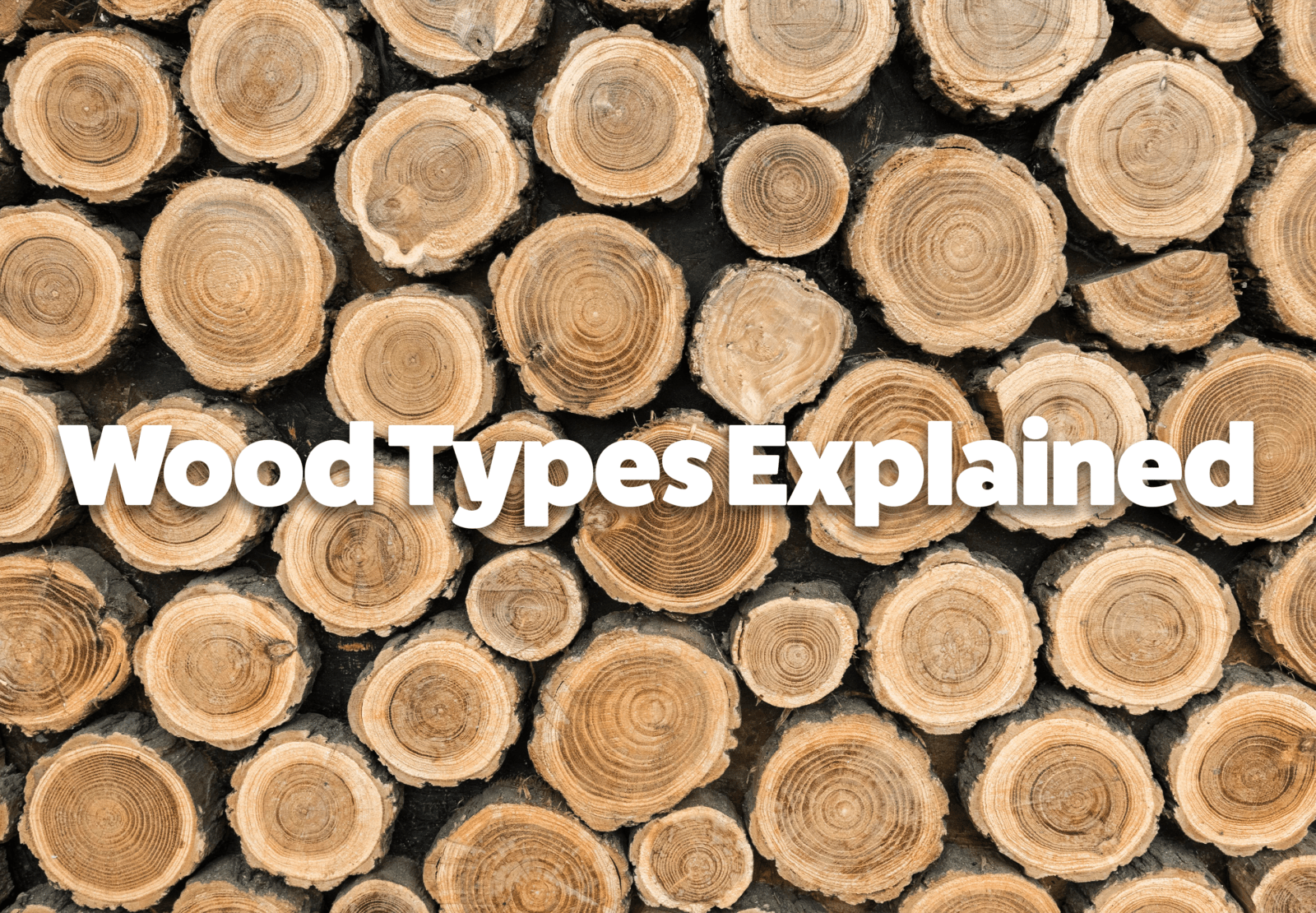
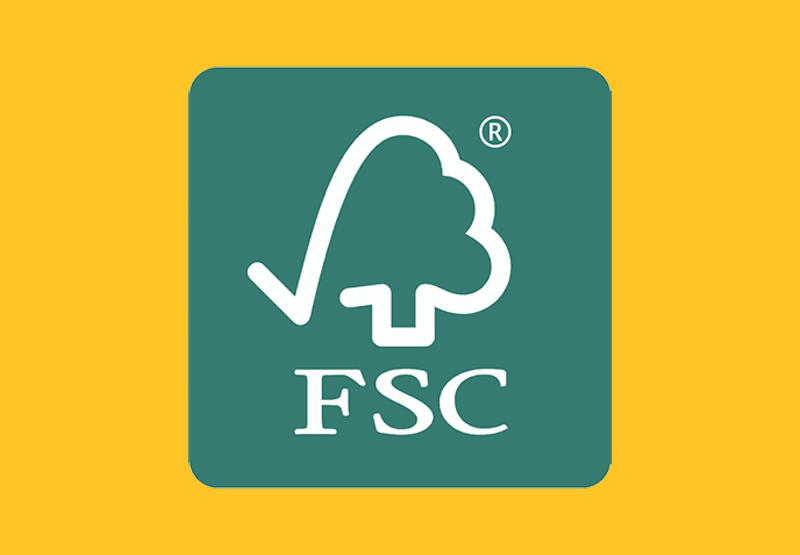
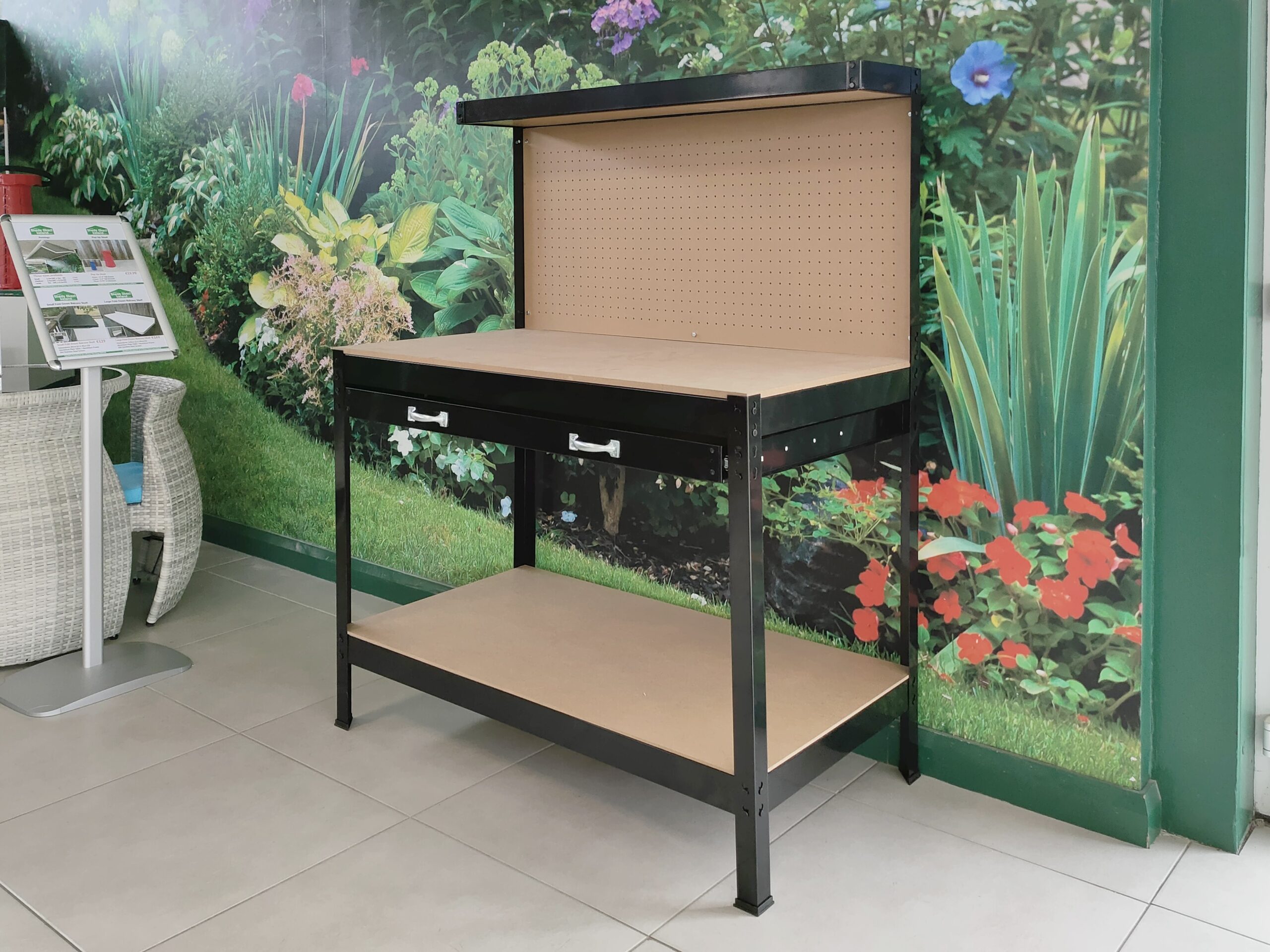

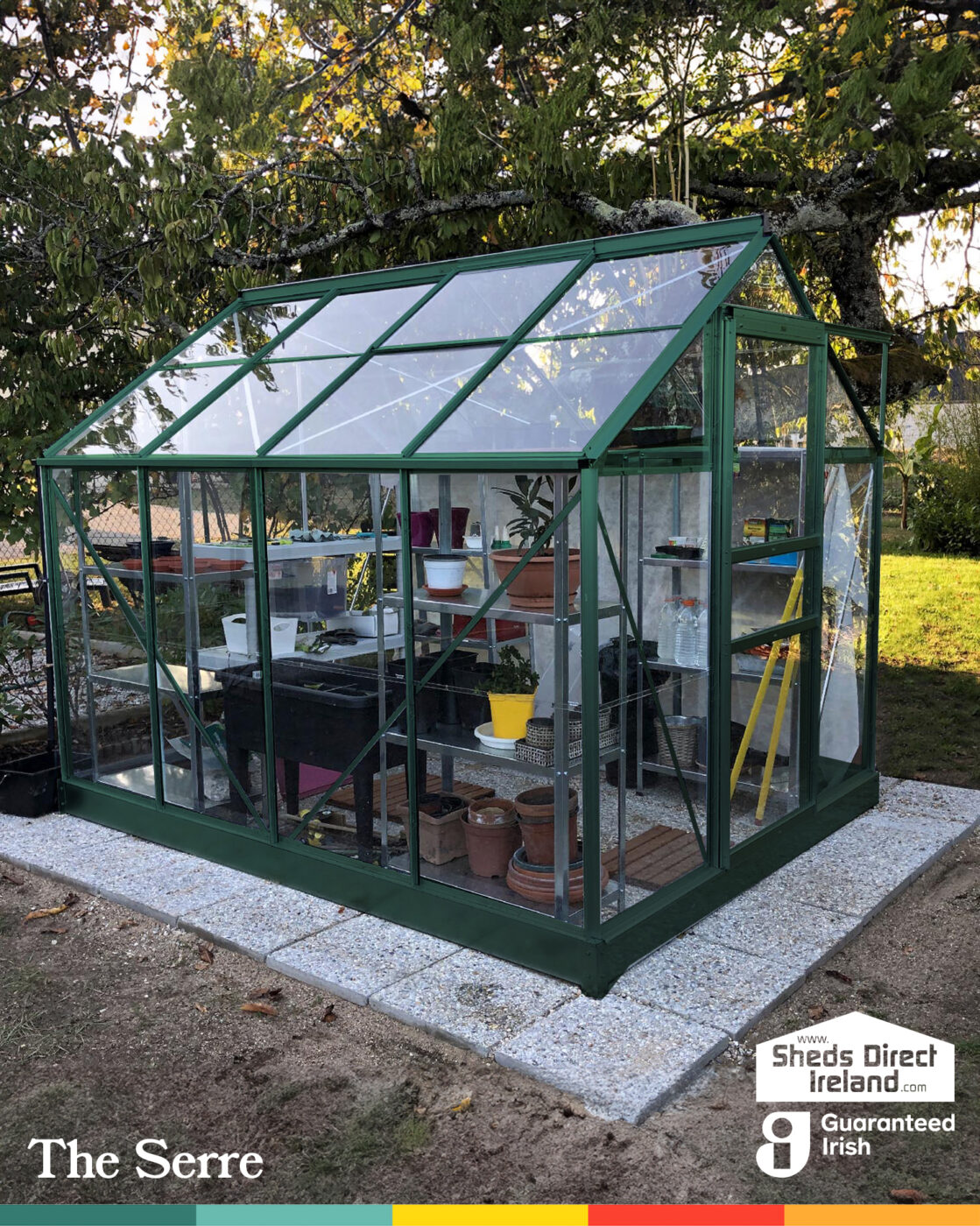
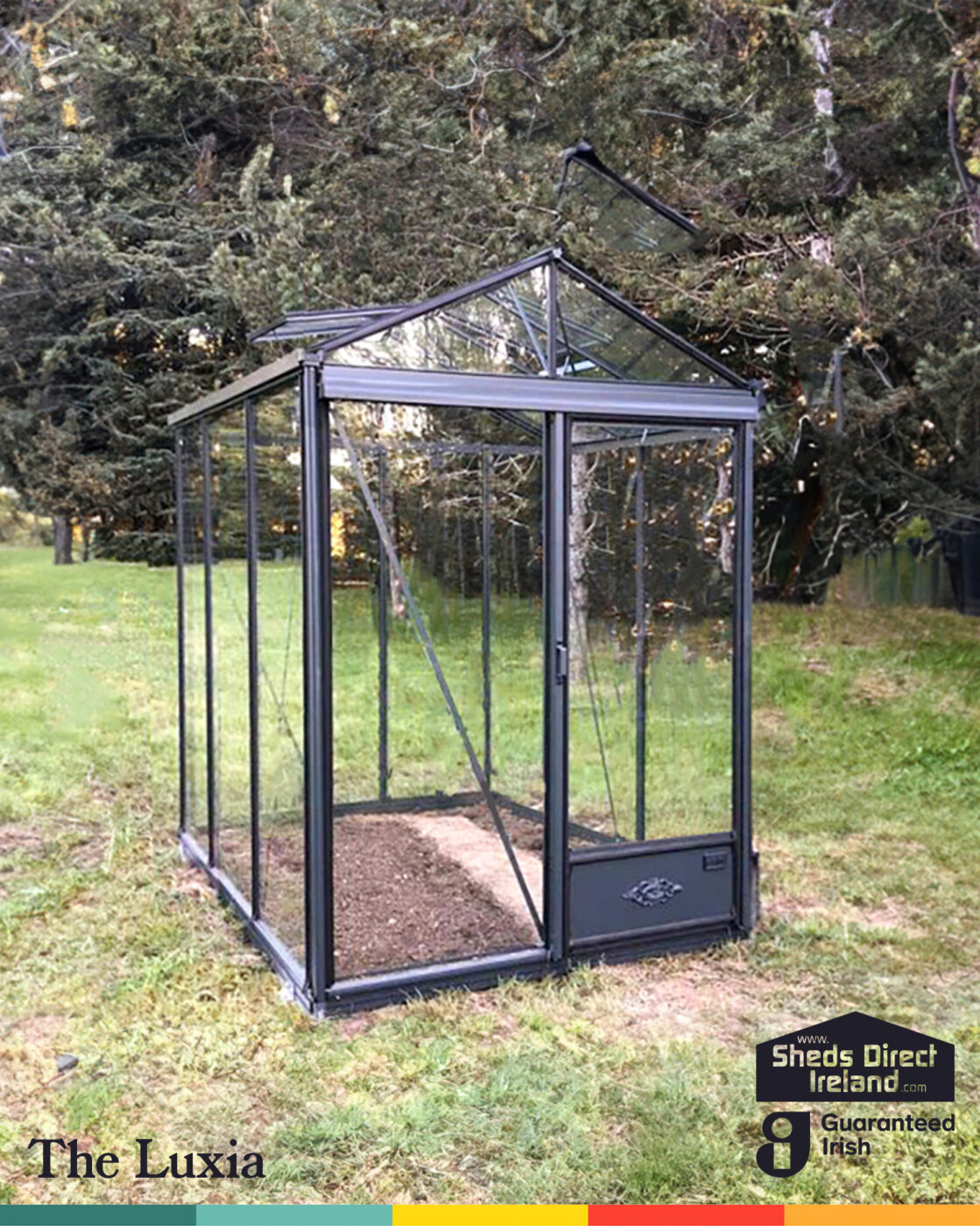
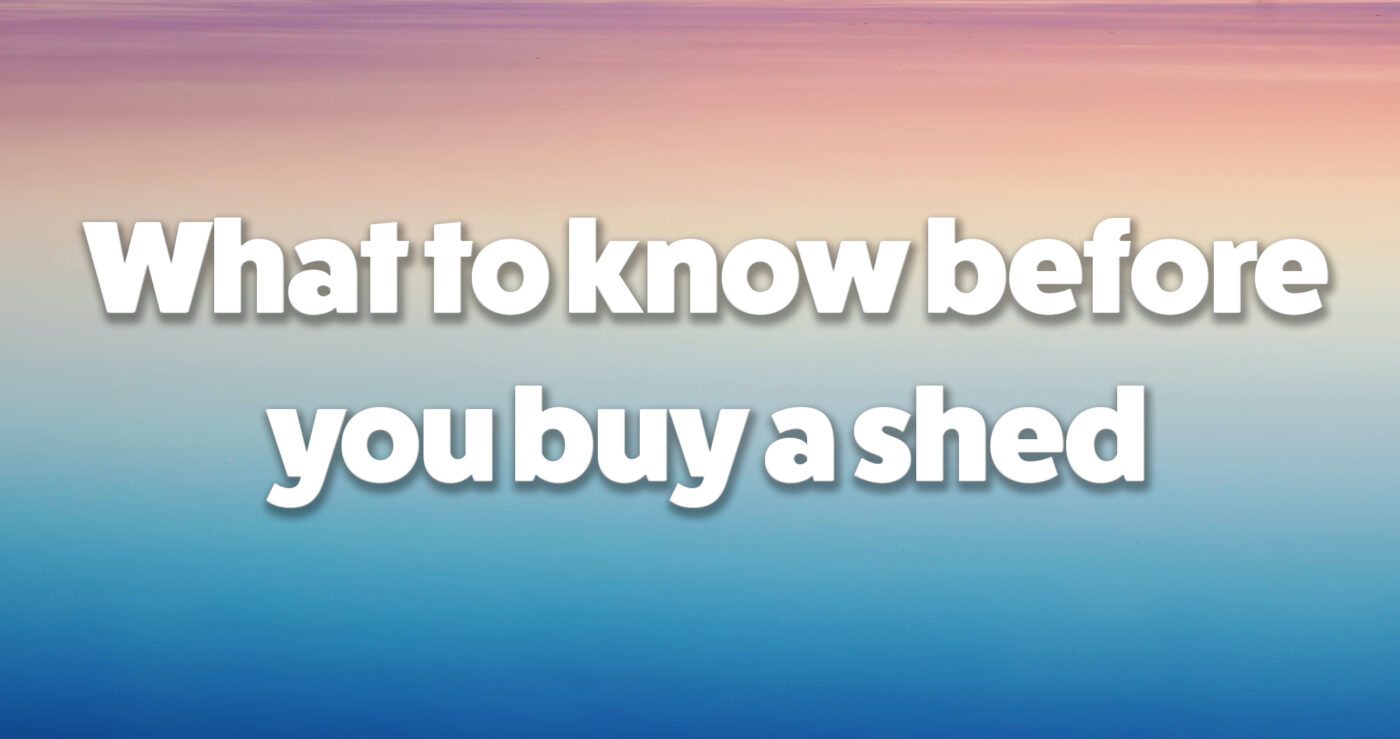
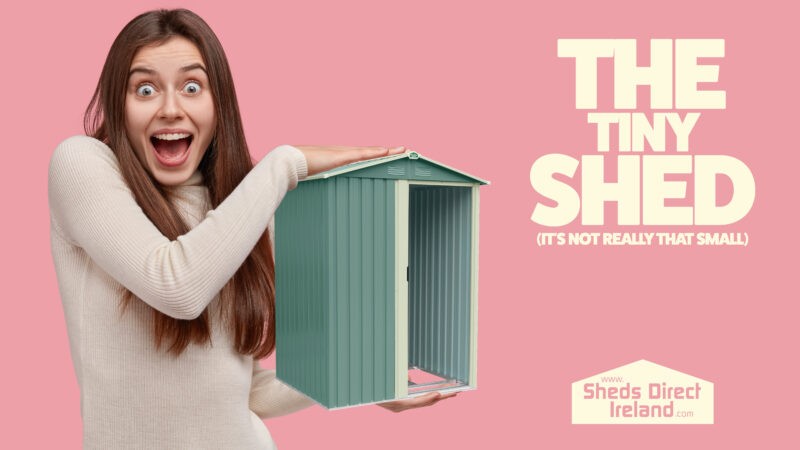

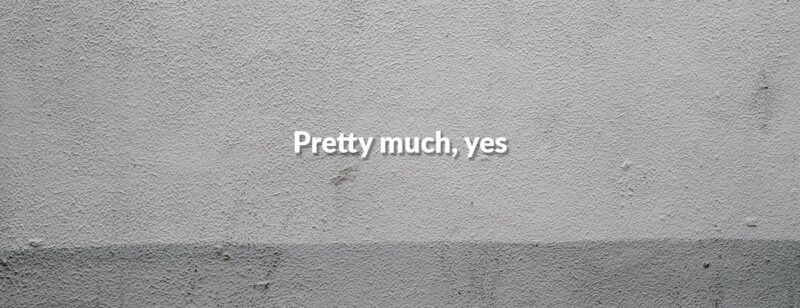
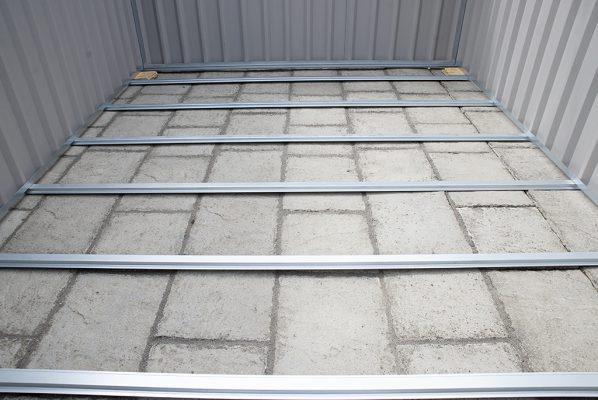
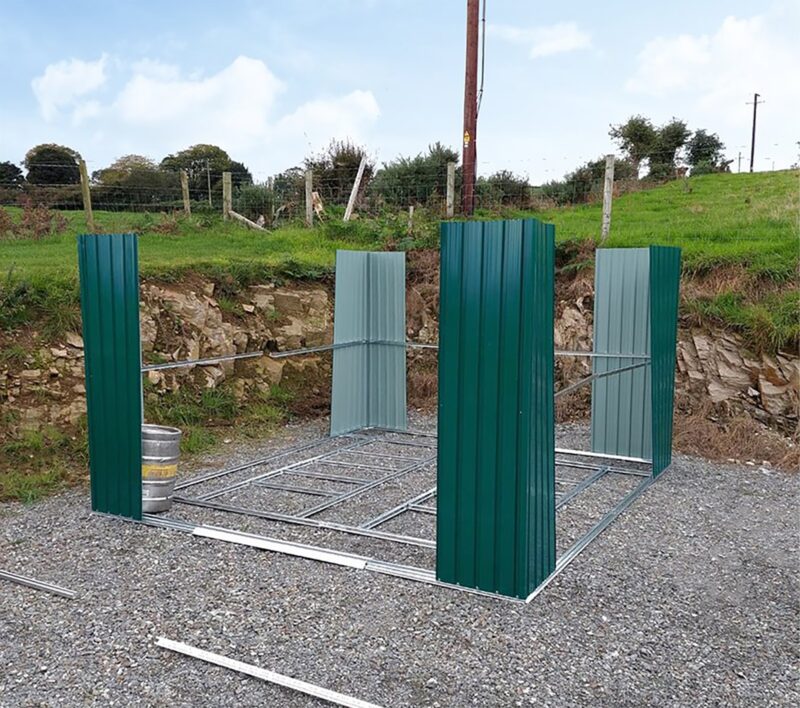

Pingback: Self-assembly or supply and fit? - Sheds Direct Ireland
Pingback: Self-assembly or supply and fit? - Sheds Direct Ireland